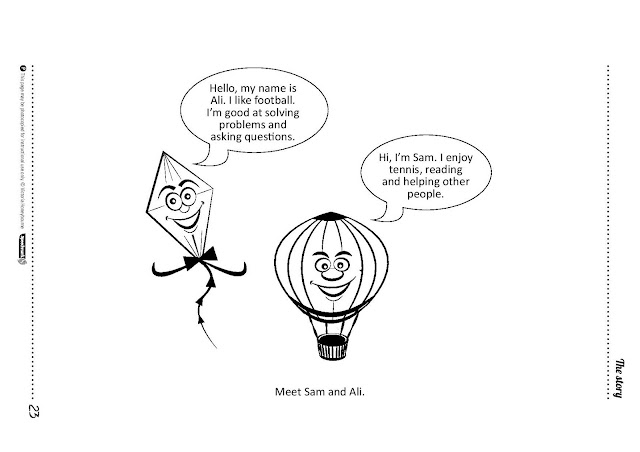The commitment of communication
partners to communicate with, and involve, people with learning disabilities
requires the active promotion of a culture that is positive and empowering. It
is also important for communication partners to consider how they view
disability because this greatly influences the way in which they support
people. The social and medical models of disability demonstrate how disability
can be perceived and how society views disabled people. Attitudes and
perceptions towards people with learning disabilities can greatly affect the
communication opportunities and quality of support provided.
Some of the barriers to
communication that might exist in services supporting people with a learning
disability include the following:
- Lack of understanding; eg assumptions are made that people cannot communicate.
- Lack of confidence or experience (which may result in a person not engaging with someone who uses alternative methods of communication).
- Lack of guidance and support available to practitioners.
- Lack of training in communication approaches and tools.
- Lack of skills among practitioners and managers.
- Lack of creativity in approaches.
- Poor, or no, support plans which show how a person communicates and how they like people to communicate with them.
- Information not being shared between practitioners, teams and services.
- Lack of communication tools preventing a person from communicating in the way they are used to.
- Limited resources to support communication.
- Assumptions made about what a person cannot participate in, is able or unable to do, about what they like or dislike, and their preferences or opinions.
The above information is an extract
from the book ‘Communicate with Me – A Resource to Enable Effective
Communication and Involvement of People with a Learning Disability’.
You can purchase 'Communicate with Me A Resource to
Enable Effective Communication and Involvement of People with a Learning
Disability’ book with companion online resource and quality assurance
frameworks from Speechmark www.speechmark.net , Amazon
and all good book retailers.
You can also join the:
•Communicate with Me Communication Partner
Development Scheme
•Communicate with Me Internal Quality Assurance
Scheme
Main text cited from:
© Martin Goodwin, Jennie Miller, Cath Edwards (2015)
abridged section from ‘Communicate with Me – A Resource to Enable Effective
Communication and Involvement of People with a Learning Disability. Speechmark
Publishing





















